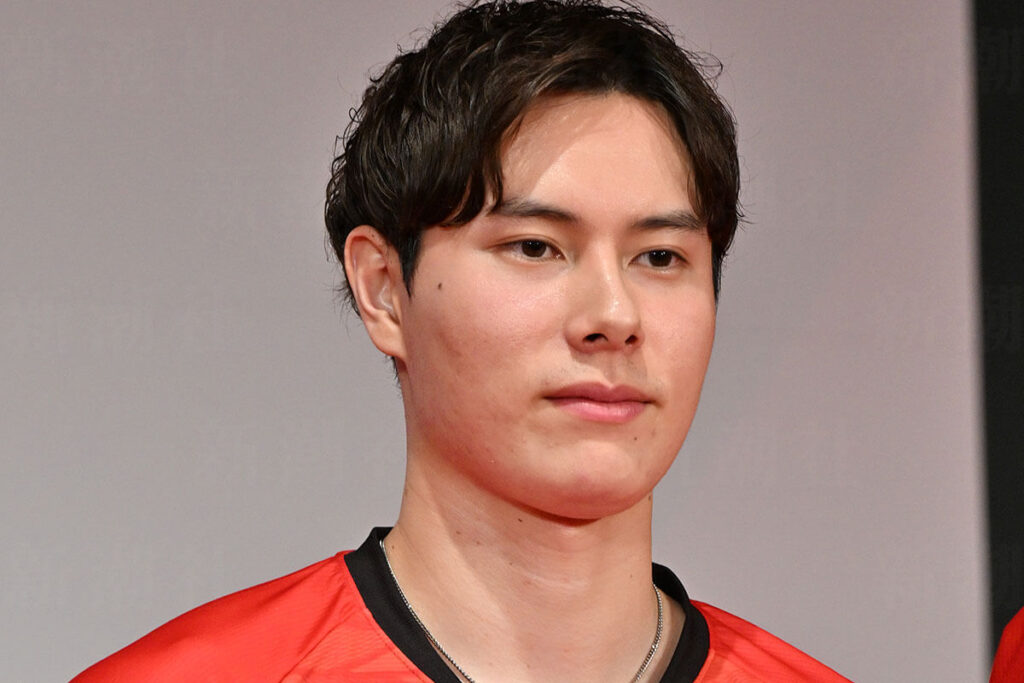Reports of a “two-timing scandal” involving popular volleyball player Ai Takahashi have caused a stir in the world. Normally, a young, single athlete dating a woman would be warmly received as a sign of “youth” and “no wonder he is so popular. In this case, however, the fact that he is dating an influencer and a sexy actress, in addition to the insincerity of the “two-timing,” has turned fans off at once. The “disappointed” feeling spread, and his image as a fresh, good-looking young man was tarnished. Athletes have long been the target of criticism for their interest in love and fashion. The more popular the athlete, the more likely he or she is to be criticized for being concerned about his or her love life or fashion. Furthermore, the “attributes of their dating partners” can cause their favorability ratings to fluctuate wildly. For example, in the case of Shohei Otani and Kaoru Mitomo of Japan’s national soccer team, who married athletes in the same profession, the impression of seriousness and soundness is strengthened and their images are enhanced. When Otani got married, social networking sites were filled with people saying, “I’m glad I’m not a female announcer. Looking back, in the past, when athletes and celebrities were dating or married to female announcers, people would look at them with a cold eye and say, “Another female announcer? Nowadays, the focus has shifted from television to social networking sites. The “disliked attribute” has changed from “female announcer” to “influencer. Recently, whenever a popular male celebrity such as Ritsu Doyasu of the Japanese national soccer team or Fukase of SEKAI NO OWARI is reported to be dating an “influencer girl,” a similar reaction occurs. The air is filled with disappointment: “Even that guy went over to that side?” The air is filled with disappointment. Even though the partners have different titles, the “disappointment structure” is remarkably similar.


